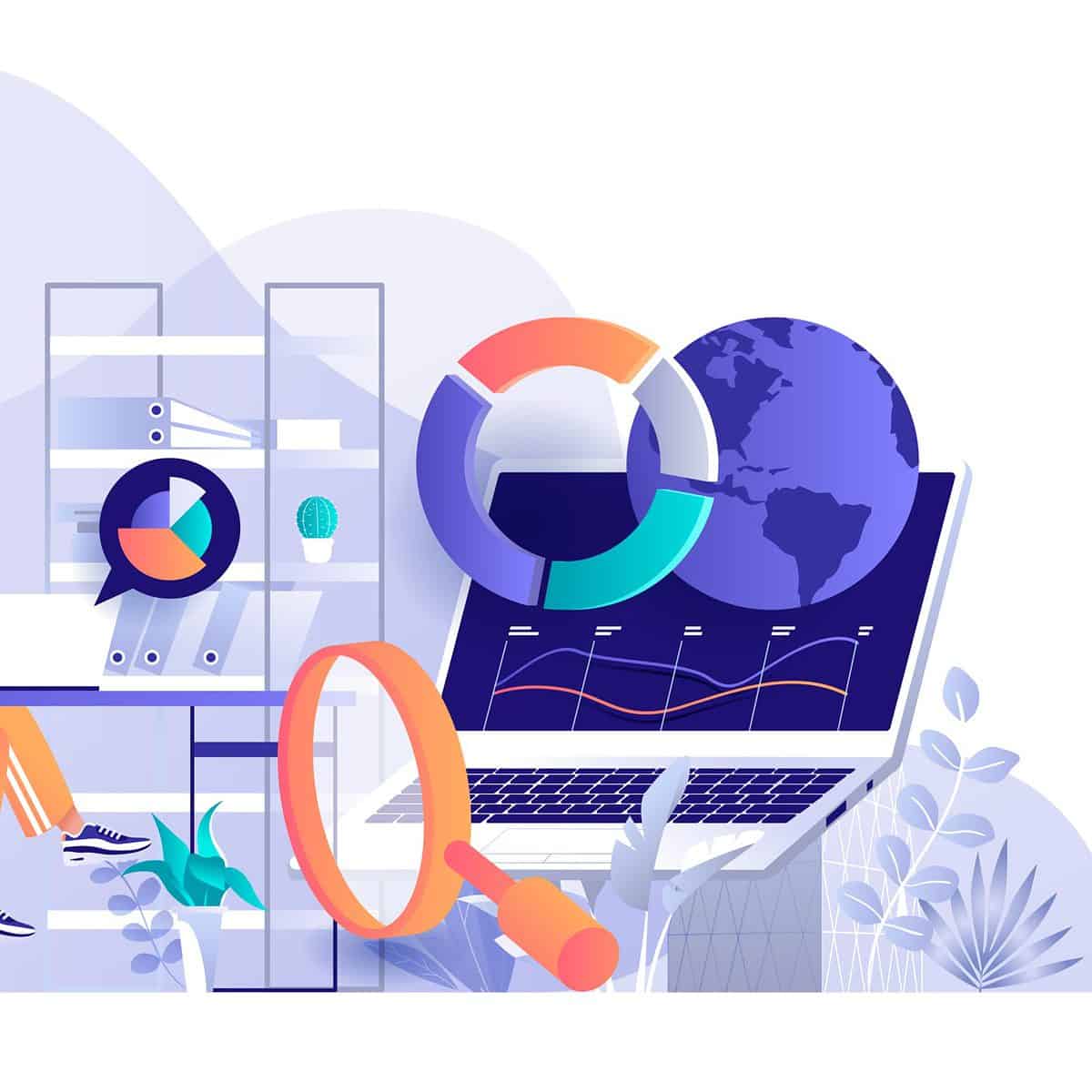Gain a competitive advantage using Big Data and Machine Learning
Big data refers to the massive amounts of structured and unstructured data that organizations generate and collect. Machine learning refers to artifical intelligence, deep learning, or neutral networks. In this post, we detailed all you need to know about big data and machine learning. Stay with us!
The data used can come from a variety of sources, including social media, mobile devices, sensors, and transactional data. The sheer volume of big data makes it difficult to process and analyze using traditional data processing tools.
Where & how to use big data and machine learning

Businesses are using big data and neural networks to gain insights and make better decisions, leading to competitive advantage in today’s economy. Machine learning algorithms can sift through large amounts of data, identify patterns, and make predictions based on those patterns. This can help businesses optimize their operations, improve customer experiences, and make more informed decisions.
1. Through predictive analysis
Businesses commonly use these data through predictive analytics. Predictive analytics involves using machine learning algorithms to analyze data and make predictions about future events. For example, a retailer might use predictive analytics to identify trends in customer purchasing behavior and predict which products will be most popular in the future. This can help the retailer optimize its inventory and marketing efforts.
2. big data and Artificial intelligence In e-commerce

By analyzing data on customer behavior and preferences, businesses can tailor their marketing efforts to specific customers or customer segments. For example, an e-commerce website might use machine learning to recommend products to customers based on their previous purchases and browsing history. This personalized approach can help businesses stand out in a crowded market to build customer success and loyalty.
3. Massive data and machine learning in finance

Big data is used in the financial industry. For example, banks are using machine learning to detect fraudulent transactions and prevent money laundering. Insurance companies are using big data and machine learning to analyze risk and set premiums for individual customers.
4. Large data and Automated learning in the healthcare industry

The healthcare industry use this data to improve patient outcomes. For example, hospitals are using machine learning to analyze patient data and identify patterns that may indicate a need for preventative care. This can help hospitals proactively address potential health issues before they become serious problems.
In addition to the examples above, these data are being used to optimize supply chain operations, predict equipment failure in manufacturing, and more. These tools allow businesses to stay ahead of the competition by making more informed decisions, improving their processes, and delivering better outcomes.
big data and machine learning case studies

Here’s a case study of how a company achieved competitive advantage using both structured and unstructured data
Case Study: A large retailer uses machine learning to optimize inventory management
The Problem:
The retailer was facing a problem with excess inventory. They were carrying too much stock of certain products, leading to higher storage and handling costs. At the same time, they were running out of stock on popular items, leading to lost sales.
The Solution:
The retailer used massive data and artifical intelligence to optimize their inventory management. They collected data on customer purchasing behavior, store sales, and supplier lead times. They then used machine learning algorithms to analyze this data and make predictions about future demand for different products.
The Results:
By using machine learning to analyze their data and make informed decisions about inventory levels, the retailer was able to reduce excess inventory and stock outs. This led to lower storage and handling costs and higher sales. In addition, the retailer was able to improve the customer experience by having the right products in stock when customers needed them. This helped the retailer differentiate themselves in the market and achieve long-term success.
Inferences:
This case study illustrates how big data and machine learning can help businesses achieve competitive advantage by optimizing their operations and making better decisions. By collecting and analyzing data, businesses can gain valuable insights and improve their processes to drive better results and stand out in the market. Overall, big data and machine learning are transforming the way businesses operate and compete in today’s markets.
Challenges of using big data and machine learning

There are several challenges that businesses must overcome when using big data and machine learning to achieve competitive advantage.
1. Volume of data that must be processed and analyzed
This can be overwhelming for organizations that do not have the right tools and infrastructure in place.
2. Lack of skilled professionals
Professionals that can work with big data and machine learning include data scientists, machine learning engineers amongst others. Experts in these fields are in high demand, and it can be difficult for businesses to find and retain top talent.
3. Law and ethics
There are ethical and legal considerations that must be taken into account when using big data and machine learning. For instance, businesses must ensure that they are collecting, storing, and using data in a way that is compliant with privacy laws and regulations.
Closing Notes
Despite these challenges, the benefits of using big data and machine learning to achieve competitive advantage are clear. By collecting and analyzing data, businesses can gain valuable insights and optimize their operations to deliver better outcomes and stay ahead of the competition.
In order to successfully use the metrics outlined above to achieve competitive advantage, businesses must have the right tools, infrastructure, and skilled professionals in place. They must also be aware of and compliant with ethical and legal considerations. By addressing these challenges and leveraging the power of big data and machine learning, businesses can achieve long-term success in today’s economy.







